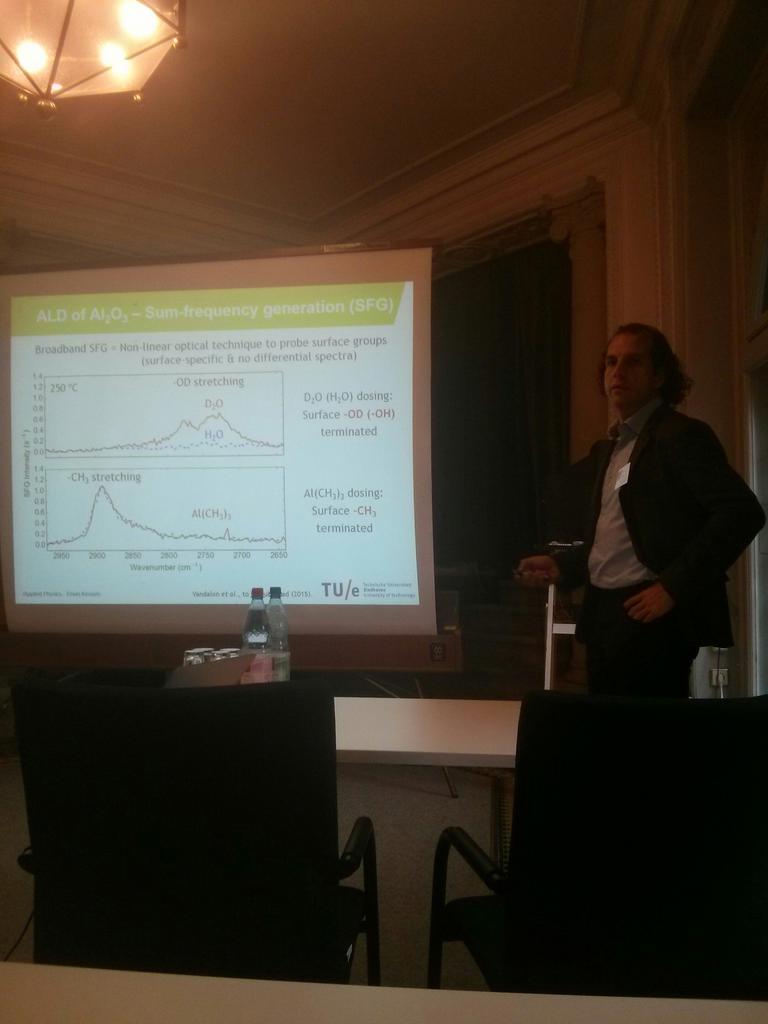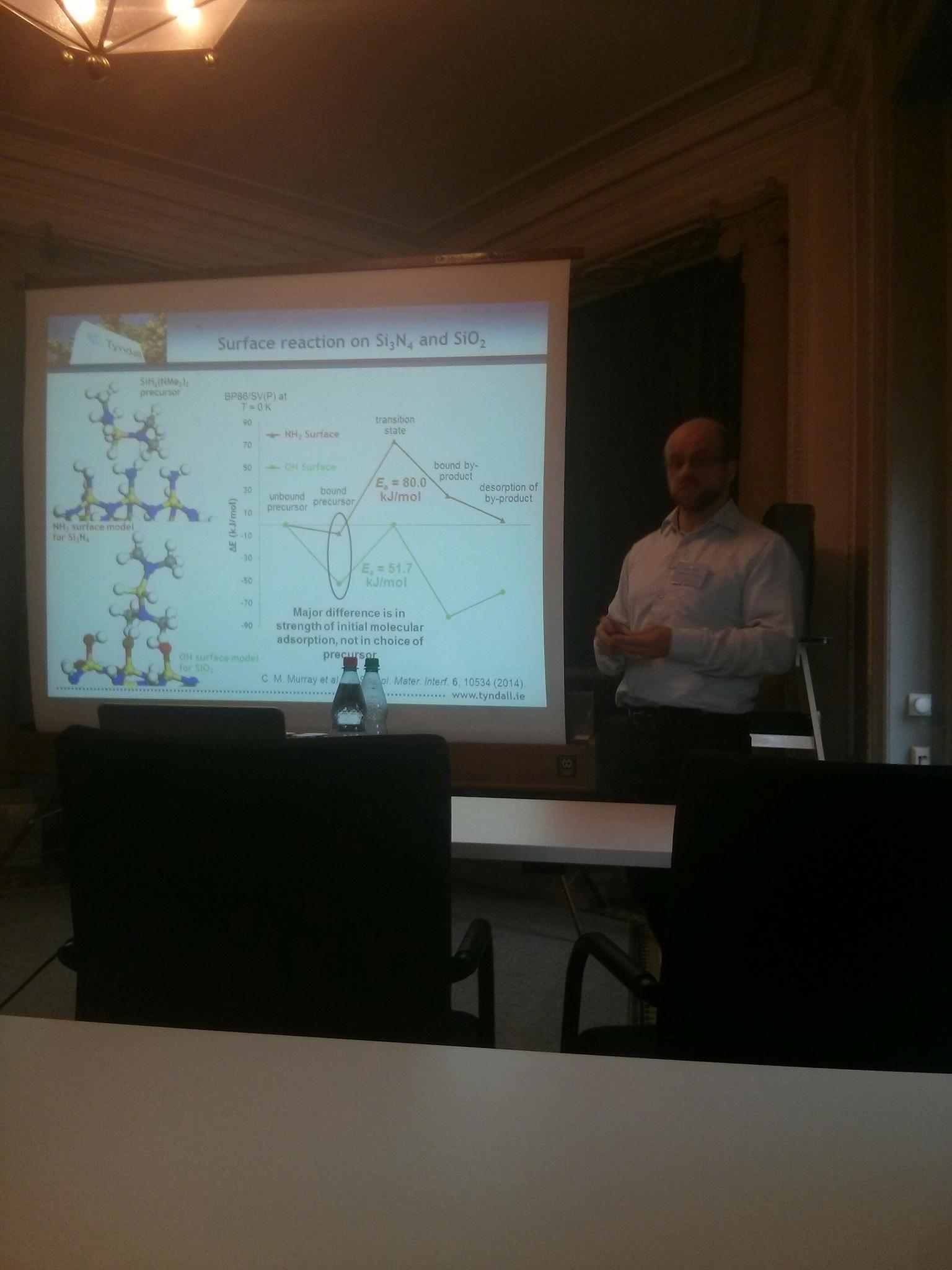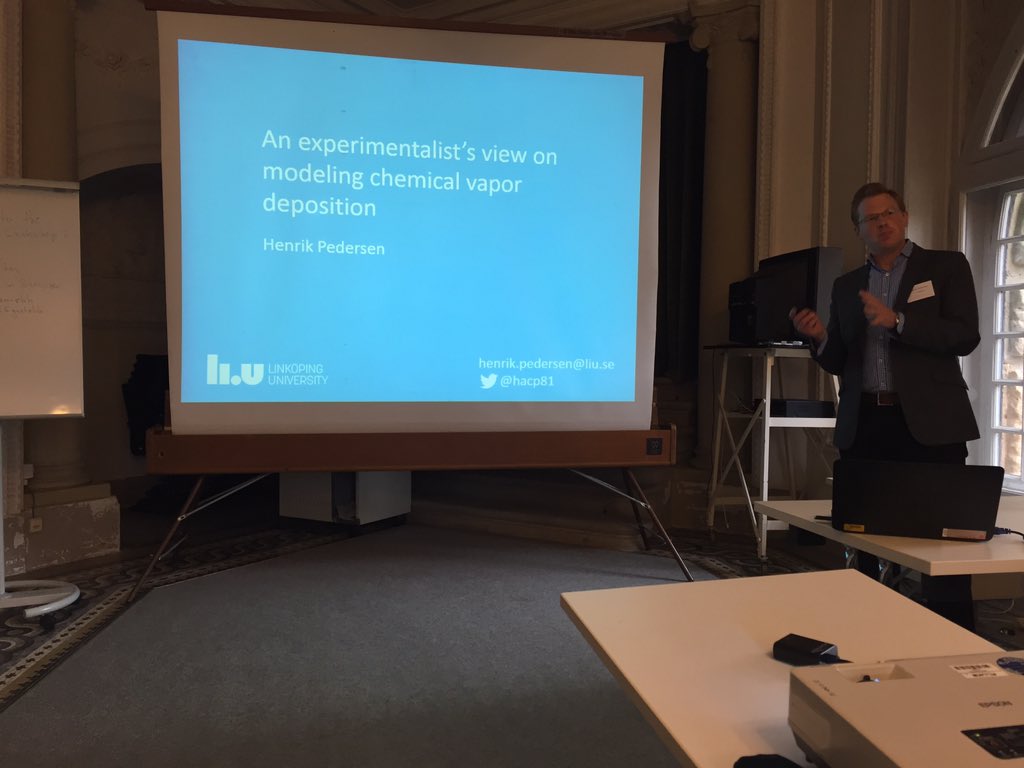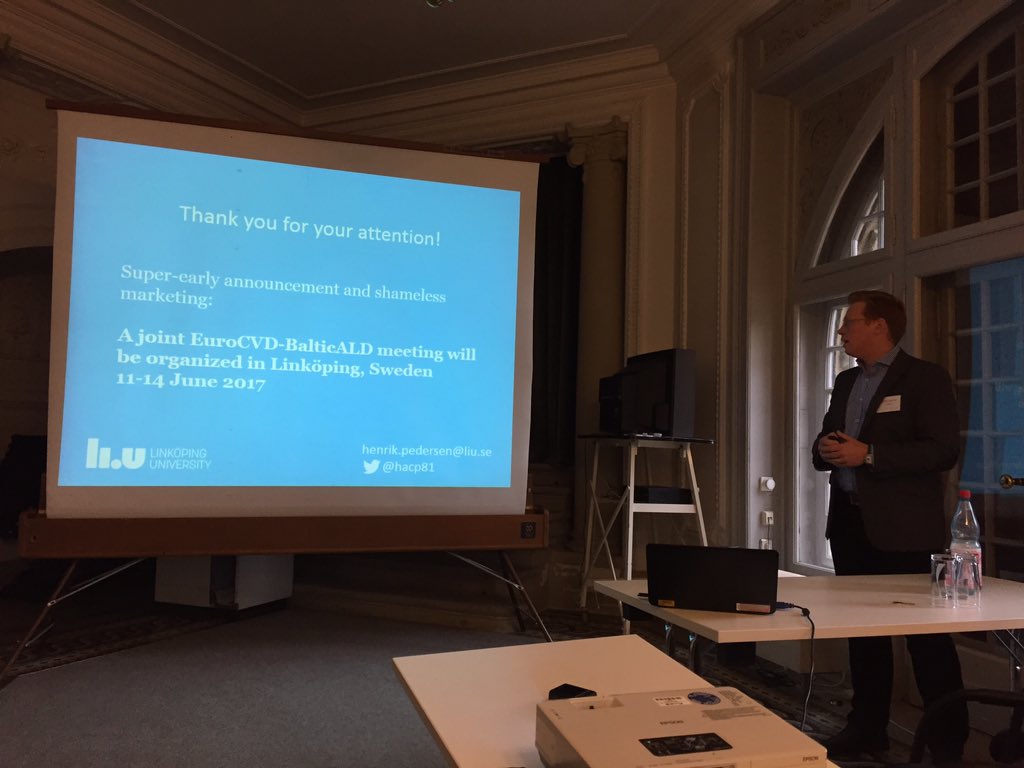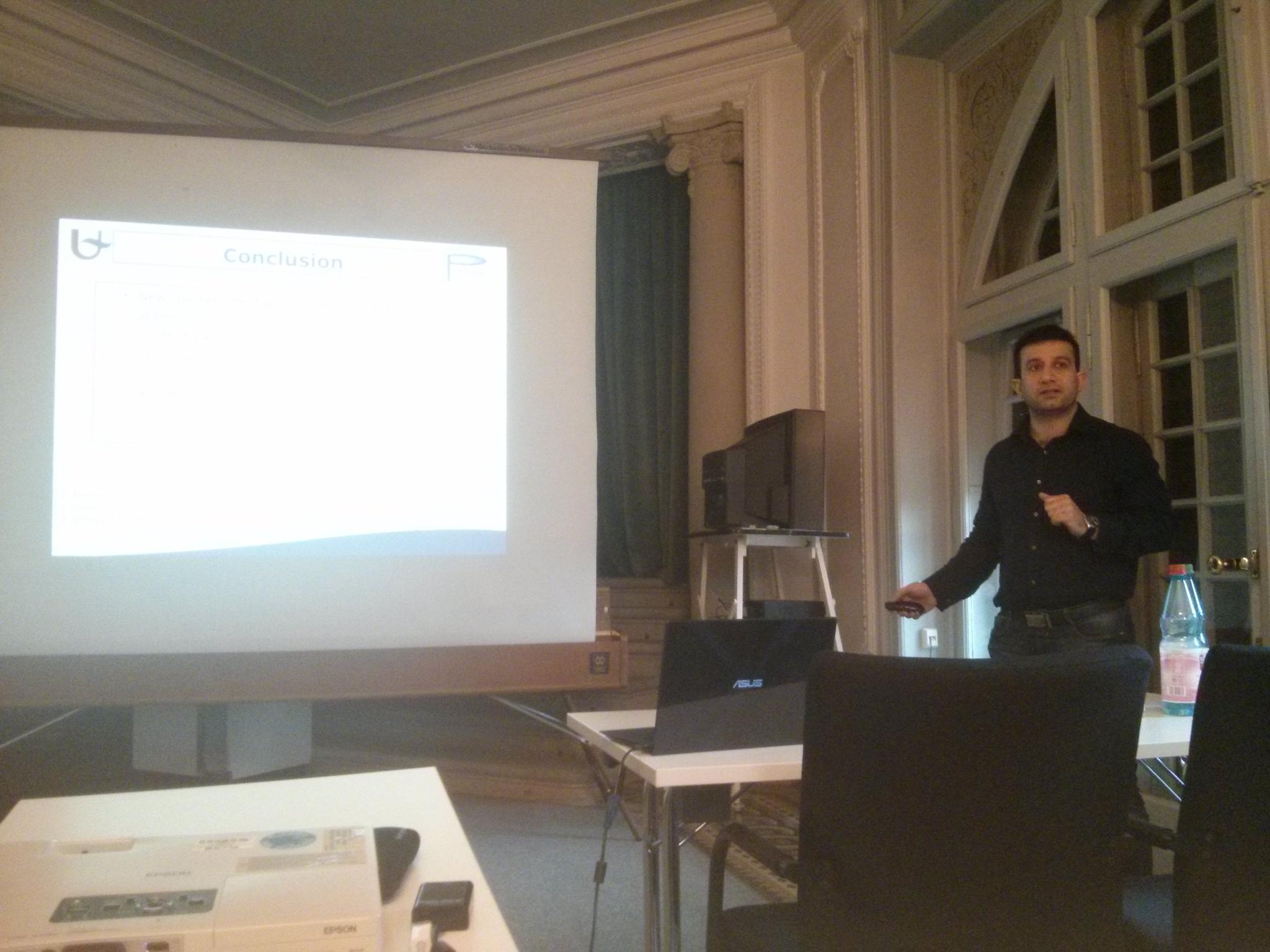Vorsprung durch Technik - Advancement through technology - finally some ALD high-k will be introduced also for automotive electronics! As reported by Computer Business Review : "Samsung Electronics has become the first semiconductor memory supplier for Audi's Progressive SemiConductor Programme. Samsung will provide 20-nanometer LPDDR4 DRAM and 10-nanometer class eMMC (embedded multimedia card) 5.1 chips to Audi. "
Press release from Samsung : http://news.samsung.com/global/samsung-joins-audis-progressive-semiconductor-program-to-create-the-drive-of-tomorrow
Press release from Samsung : http://news.samsung.com/global/samsung-joins-audis-progressive-semiconductor-program-to-create-the-drive-of-tomorrow
Dr. Kinam Kim, President of Semiconductor Business form the Device
Solutions Division of Samsung Electronics, and Ricky Hudi, Executive
Vice President Electronic Development of Audi.
President
of Samsung Electronics Semiconductor Business Kim Ki-nam (left) signs a
contract with Executive Vice President of Audi Ricky Hudi to supply
automotive semiconductors on Nov. 23 (local time). - See more at:
http://www.businesskorea.co.kr/english/news/industry/13112-progressive-semiconductor-samsung-electronics-supply-automotive-semiconductors#sthash.a68eYl61.dpuf
President
of Samsung Electronics Semiconductor Business Kim Ki-nam (left) signs a
contract with Executive Vice President of Audi Ricky Hudi to supply
automotive semiconductors on Nov. 23 (local time). - See more at:
http://www.businesskorea.co.kr/english/news/industry/13112-progressive-semiconductor-samsung-electronics-supply-automotive-semiconductors#sthash.a68eYl61.dpuf
"The chips are expected to be used to power Audi's future infotainment, dashboard and driver assistance applications. Audi
presently has an advanced driver assistance system which includes a
predictive efficiency assistant, adaptive cruise control, and traffic
jam assist. In September, Samsung launched the 12Gb LPDDR4 that has the largest capacity and highest speed available for a DRAM chip. It
provides 50% greater density than the existing 8GB chips used in
current smartphones, and it is also expected to help smartphones and
tablets to have up to 6GB of RAM."
LPDDR4 DRAM from Sasmsung
Audi Electronic Development
executive vice president Ricky Hudi said: "Samsung is leading memory
technology development with its high-performance, high-density DRAM and
NAND flash memory solutions based on the industry's most advanced
process technology.
From a Chipworks report abstract that can be bought here, we
can see a cross section of the stack capacitor array Samsung is using
at 26 nm (see below). For 20 nm I have not been able to find any free
available information yet
"Through the PSCP strategic partnership with
Samsung, Audi will utilize Samsung's high speed memory products to
provide the best user experience to our customers.
I am not an Audi driver but I like this picture (Picture from Audi)



%20(1).png)











